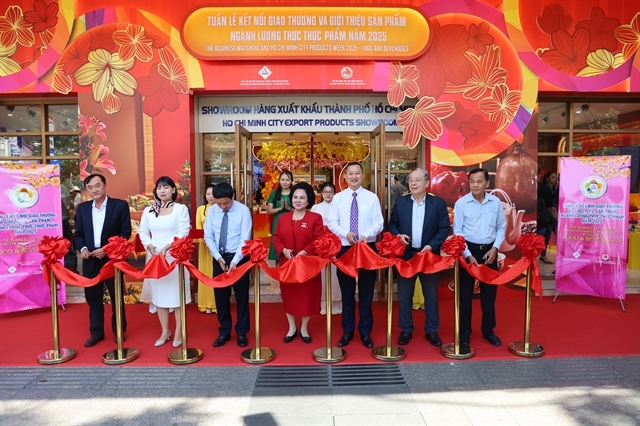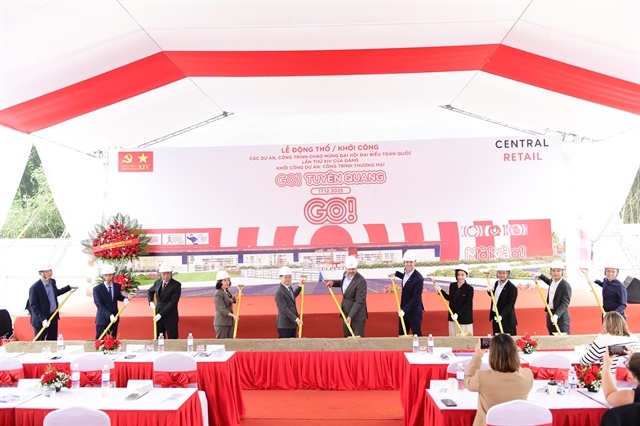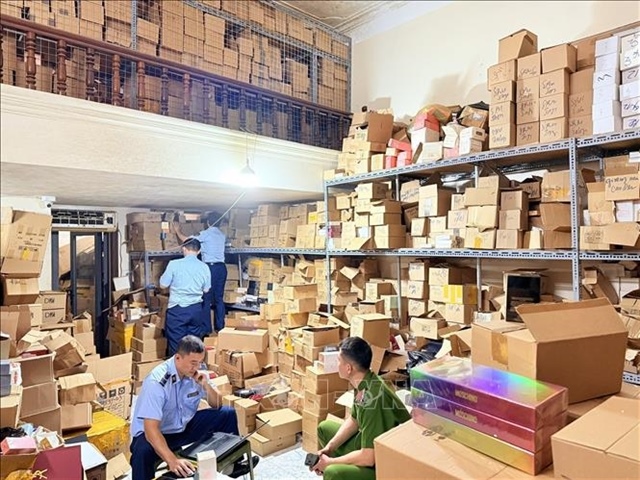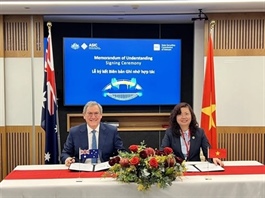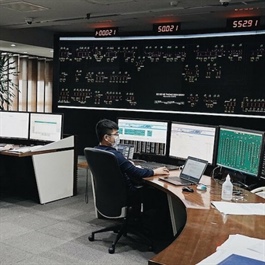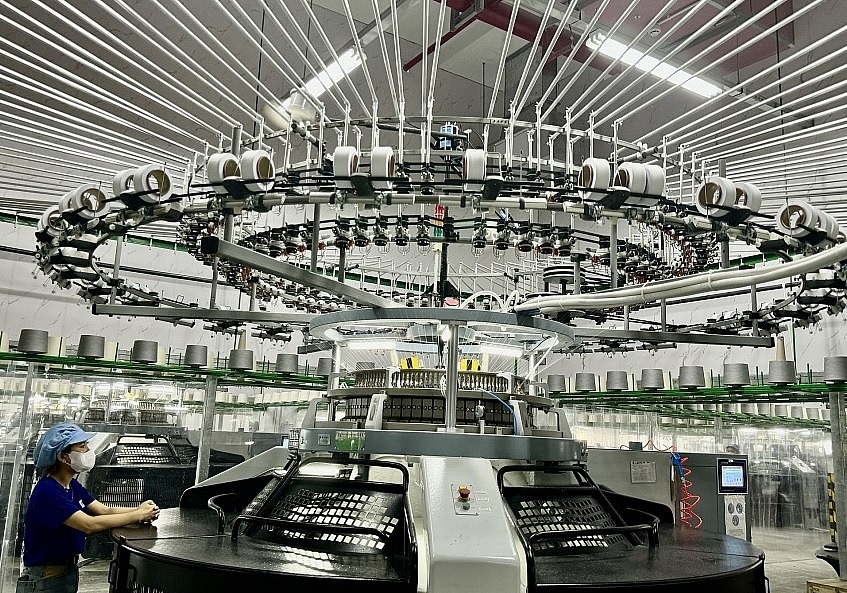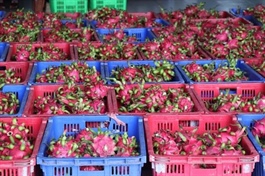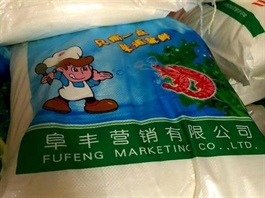Border province discusses solutions to promote export of farm produce to China
Border province discusses solutions to promote export of farm produce to China
Lào Cai Province is seeking for solutions to increase exports of farm produces to China, with the market having more stringent requirements for product quality.
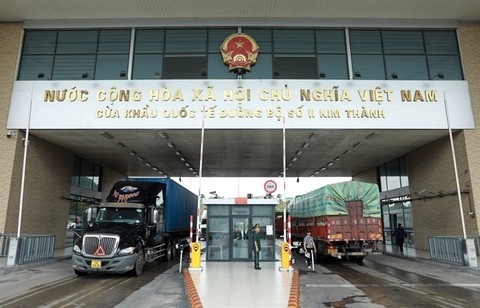
Kim Thành No 2 Road International Border Gate in Lào Cai Province. Agricultural products and food are major products exported via Lào Cai to China. — VNA/VNS Photo Quốc Khánh |
At a conference on Tuesday advising exporters, Nguyễn Quang Vĩnh, deputy director of the provincial Department of Agriculture and Rural Development, said that with thee border gates Lào Cai, Mường Khương and Bát Xát, Lào Cai plays an important role as a gateway into the country.
Agricultural products and food are major products exported via Lào Cai to China, in addition to fertilisers, chemicals and mining products.
He cited statistics that Lào Cai’s export to China was estimated at US$950 million, out of the total trade revenue via border gates of $1.6 billion in the first half of this year.
Vĩnh pointed out that the northern mountainous province has a diversify of products of competitive advantages which have been selected as priorities in development including cinnamon, tea, banana, pineapple, medicinal herbs and pork.
“Exports to China are changing,” Vĩnh said. Previously, China had not set high requirements for agricultural products and the exports could be implemented through both official and unofficial channels.
However, China is now setting high requirements for product quality and food hygiene and safety, which causes difficulties for enterprises, cooperatives and farming households in the province in continuing exporting to this market without making changes, Vĩnh said.
In response, the province has granted codes for growing areas and packaging facilities.
Cao Thị Hòa Bình, director of the Department of Plantation and Plant Protection, said that there were 16 growing areas with codes for exports as of the end of 2023, including 15 areas of banana for export to China and one area of tea for export to the EU, the US, Taiwan, and Japan.
However, three were revoked due to failure in meeting requirements.
The province also had 11 packaging facilities granted with codes for export to China as of the end of 2023, but four were revoked.
Bình said that there are still a lot of difficulties in the granting and management of codes for growing areas and packaging facilities.
“The requirements of import markets, including China, are increasing and updated regularly,” she said. However, the awareness of compliance to get and keep the codes remains limited among locals. Meanwhile, management and supervision are difficult due to limited budget and equipment.
Major products of the province such as pineapple and medicinal herbs have not been able to be exported officially to China. Regarding cinnamon which has huge plantation areas in Lào Cai, it remains difficult to grant codes for growing areas due to the shortage of instructions.
The management of growing area codes in the province is only limited to simply following instructions while capturing and providing information to businesses and farmers is limited due to the shortage of staff and the inadequate information database, Phan Thị Mến, director of SUSTECH Consultant Company Limited, said.
With regard to China’s Decree 248 on facility and product registrations for export to China, Mến said that to date, more than 3,000 codes have been granted in Việt Nam for export to this market.
Some products of Lào Cai have been exported to China such as banana and cassava. However, many potential products have not been able to be exported, partly because Vietnamese enterprises have not been updated with changes in requirements of the import markets to make necessary preparations, she said.
“Requirements of the Chinese market are changing significantly. It is necessary for exporters to catch up with the changes if they do not want to fall behind,” Mến said.
Other border provinces are also facing similar problems while exporting to China and seeking solutions promote exports to China as well as other countries in the world.
The most important solution is to standardise quality of products to meet requirements of China to be able to export via official channels into this market, she stressed.
In addition, negotiations to open doors for more products to the Chinese market must be accelerated.
It’s a must for enterprises, cooperatives and farmers to understand and comply with requirements of the import markets to make necessary preparations, she said.
According to Vĩnh, Lào Cai will focus on developing centralised growing areas meeting standard certifications such as VietGap, organic, HACCP, ISO 22000 in order to expand exports.
The province will also enhance links between production, processing and consumption as well as establishing value chains for key products to increase added value for farm produce.
Another important solution is to strengthen the application of science and technology in production, preservation and processing to improve quality and create competitive advantages for local products, Vĩnh stressed.


